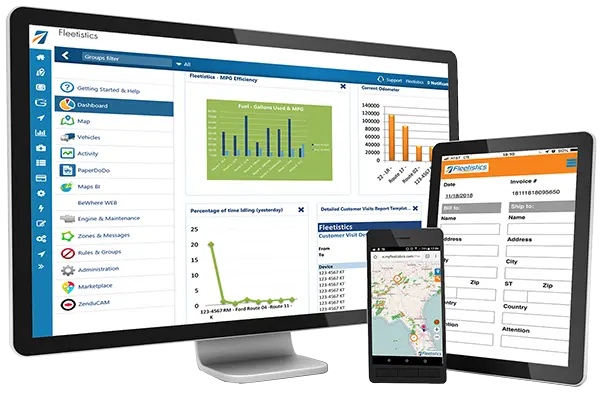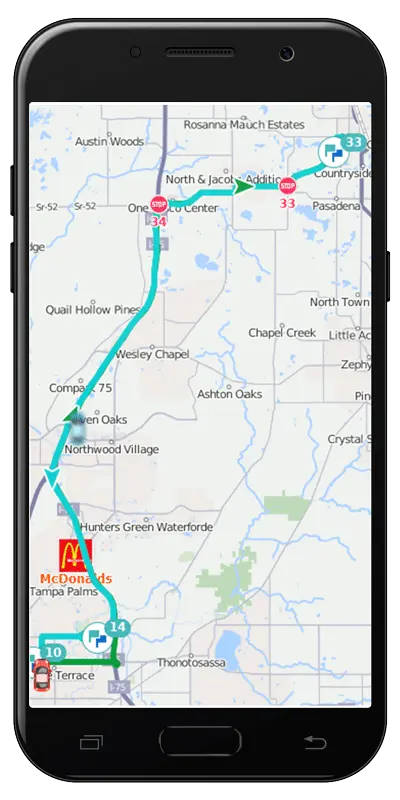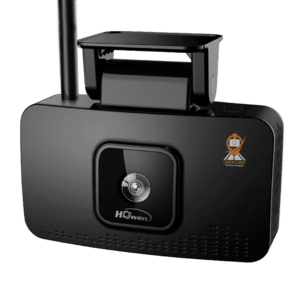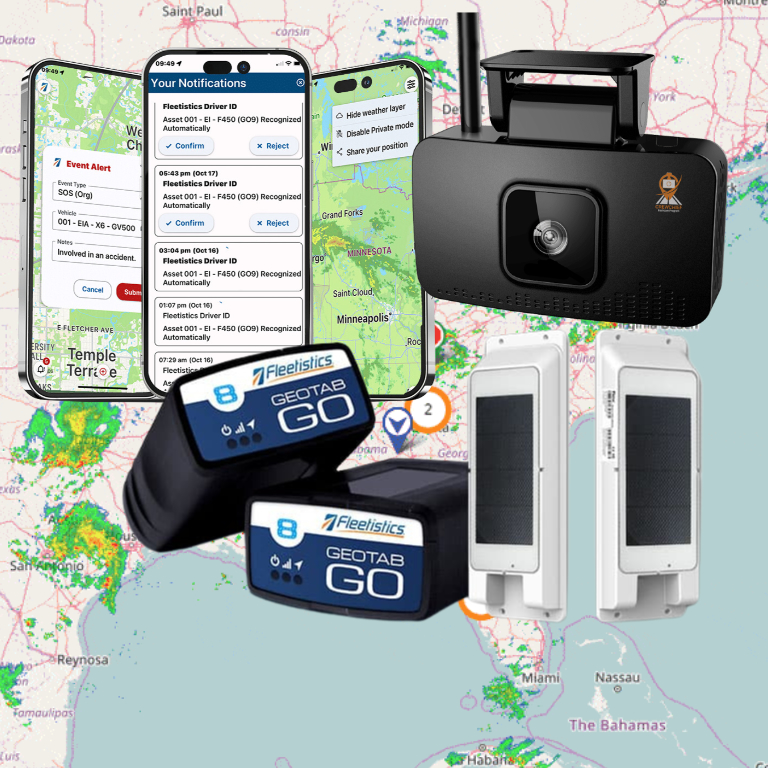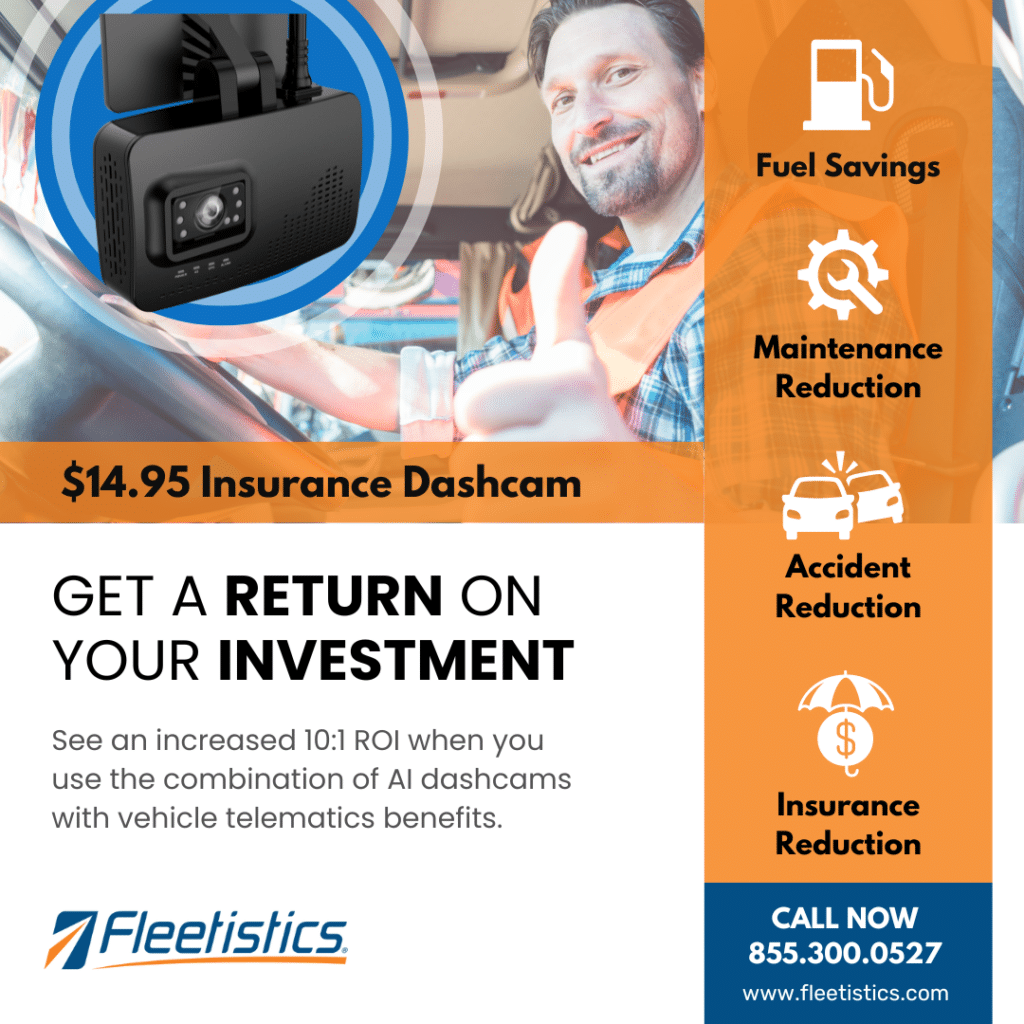As you age, it can become difficult to safely drive your own car. Once you can no longer drive, you may start looking for other ways to get around. Unfortunately, there are common disabilities individuals face as they get older that can make traveling alone difficult. This is why transportation for the elderly has become vitally important.

Seniors without a car can utilize local transportation options, including:
- Public Transportation
- Para-transit Services
- Private Ride Services
- Ride-Hailing Services
- Taxis
- Volunteer Programs
- Non-Emergency Medical Transportation
- Senior Community Transportation
In addition, it is important to ensure that these alternative modes of transportation are senior friendly, gauging their availability, acceptability, accessibility, adaptability, and affordability are crucial. Moreover, considering the potential social exclusion and health challenges that elderly individuals may face due to limited mobility options, it is crucial for ride-hailing services and other transportation modes to actively engage in improving accessibility features for older adults.
Ways of improving transportation for the elderly:
To make public transportation more accessible for older adults, there are some changes that have been made. The Florida Department of Transportation’s Safe Mobility for Life Coalition has created guidelines to make public transit more age-friendly. Some of these guidelines include:
- All bus stops must have a proper amount of space with firm, stable, and slip-proof surfaces to make boarding easier
- The bus must have enough space for passengers to move on and off the buses, including sidewalk clearance
- Bus stop signs are required and must be located outside the accessible path
- Route indicators and wheelchair logos will show the way the bus is headed, as well as accessibility accommodations
- Signs should have a greater contrast between light and dark lettering and the background to allow those with visual impairments to clearly read them
- Each bus stop sign should have a unique design to it so riders don’t get confused with other street furniture
- If a shelter without seating is not available at a bus stop, bus benches should be provided for rest and support
Role of Telematics in Transport Services for Seniors
Implementation of fleet management telematics can significantly enhance transportation services for older people. These suggestions are based on the ‘age-sensitive’ design principle that holds sway over vehicles, modal interfaces, and pedestrian infrastructures (Rosa et al., 2020). Fleet management telematics utilize technological advancements to improve transportation services for older people. Implementing age-sensitive design elements respectful of the diverse needs in transportation options can positively impact both the health and longevity of older adults, as well as enhance their connections within the community(Jakubec et al., 2019) This can contribute to an improved sense of belonging and community connection for seniors, particularly for those residing in suburban areas, where mobility services might be more limited.
Telematics technology allows for the integration of various elements of a transportation system, including different modes of transportation, means of transportation, infrastructure, and management processes. This system also provides the potential for remote vehicle diagnostics, aiding in fleet management and ensuring that vehicles are safe and ready for use. With telematics, transportation providers can better track and manage their fleets, ensuring that vehicles are in optimal condition and operating efficiently.
Telematics and Beyond – improving safety and efficiency
Telematics technology is continuously advancing and evolving, opening up new possibilities for improving transportation services for older people. One such advancement is the integration of telematics with other technologies, such as artificial intelligence and machine learning. These advanced technologies can further enhance the capabilities of telematics, enabling predictive maintenance for vehicles, optimizing route planning based on real-time traffic data, and even enabling autonomous driving in the future.
One of the noteworthy advancements in telematics is the generation and processing of big data from fleets, which when combined with analytic tools, can provide insights into fleet performance and driving behavior, thus optimizing routes and improving overall efficiency. Additionally, the integration of telematics with wearable devices can further enhance the safety and well-being of elderly passengers. For example, wearable devices can monitor vital signs and detect falls, allowing for immediate assistance in case of emergencies. Furthermore, the benefits of telematics extend beyond transportation services for older people. Telematics can also aid in reducing fuel consumption and carbon emissions, contributing to a more sustainable and eco-friendly transportation system.
In the future, telematics systems might use machine learning to forecast traffic and optimize routes, data analytics to monitor fleet performance, and even integrate with wearable devices that monitor the health of elderly passengers, alerting caregivers or medical professionals in case of emergencies. Transportation services for older people play a crucial role in ensuring their mobility and independence.
Successful Use of Telematics in Senior Transportation Services.
As transport telematics becomes increasingly advanced and interconnected, it plays an integral role in managing demand by providing crucial information. Among the notable advantages offered by telematics for senior transportation services is the potential for real-time monitoring of vehicle performance and driver behavior, which could enhance safety and efficiency.
For example, public transit systems can use fleet management telematics to provide real-time information on the location of vehicles, allowing dispatchers to efficiently coordinate pick-up and drop-off schedules, minimize route overlaps, and reduce waiting times for older passengers.
Additionally, telematics can track and monitor driving behavior, such as speed, harsh braking, and acceleration. This information can be used to identify any unsafe driving practices and provide feedback or training to drivers, ultimately improving the safety of older passengers. In addition, the integration of telematics with cloud computing and other next-generation technologies can provide more comprehensive services and features, such as remote vehicle diagnostics and automatic accident reporting.
This not only improves overall efficiency and effectiveness of transportation services for older people but also enhances their safety and security during their journeys. Telematics systems can also help address some of the challenges faced by older people in transportation, better meeting their needs for reliable and accessible transportation options.








